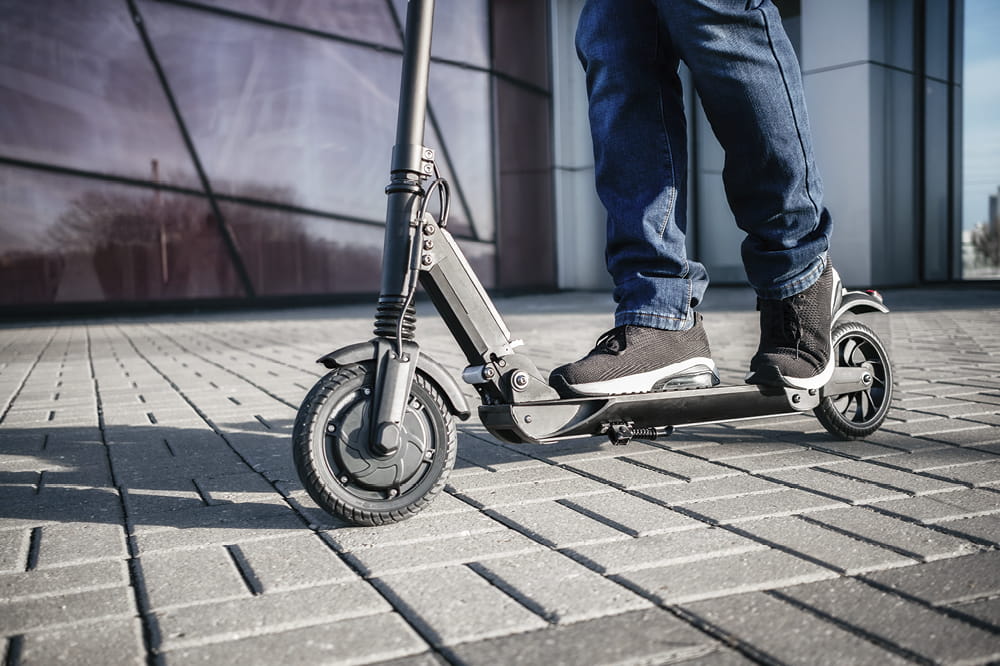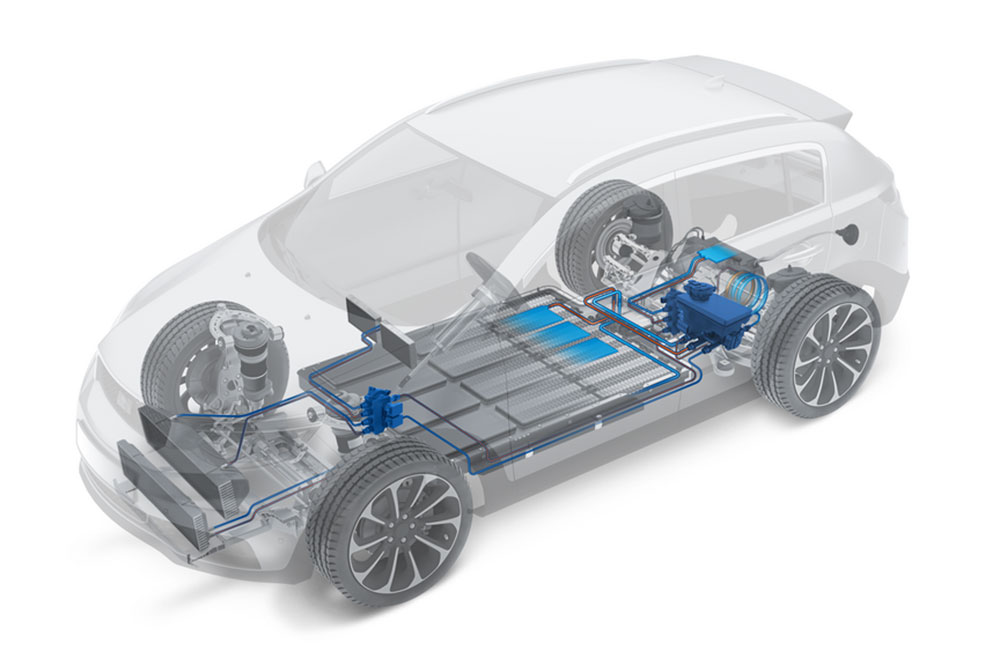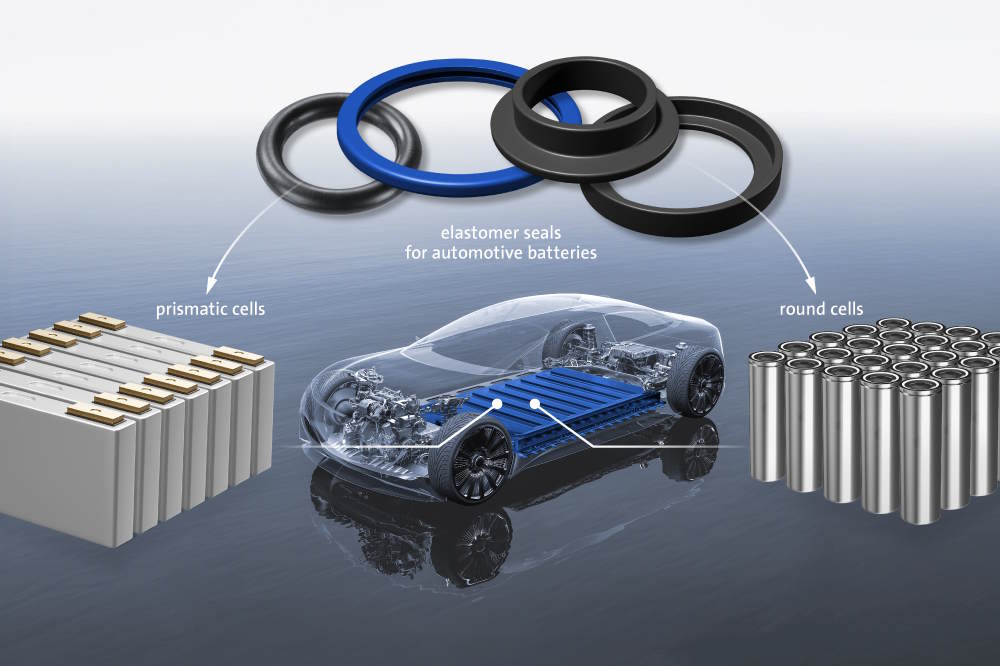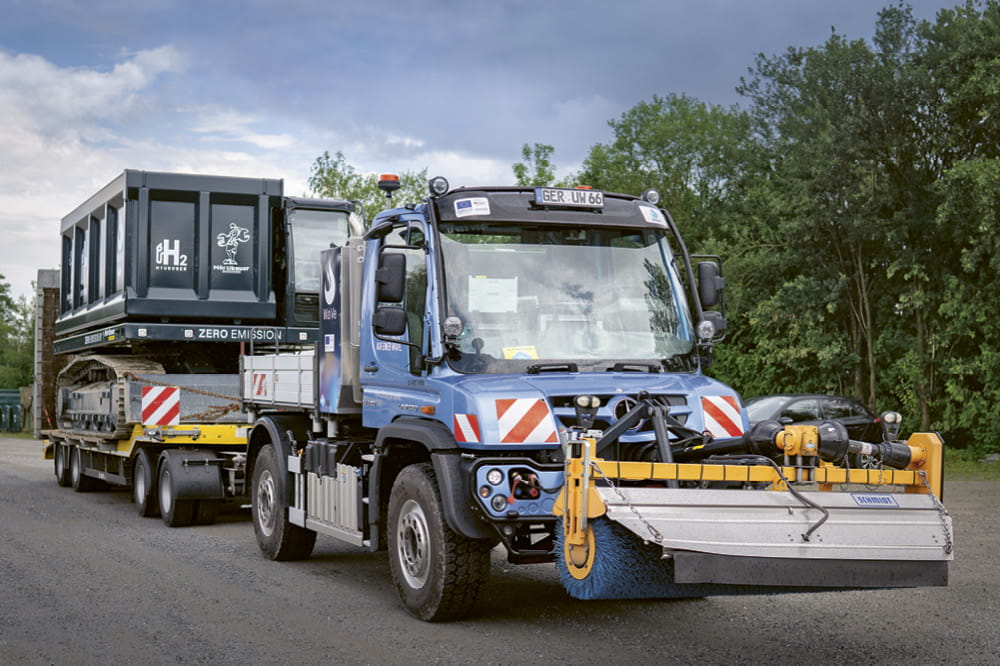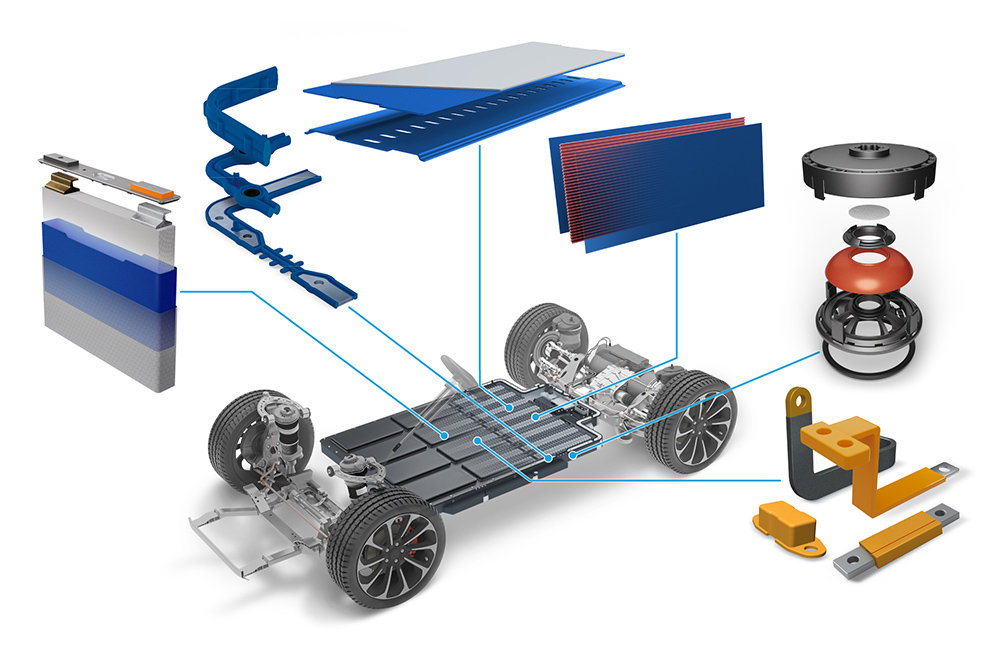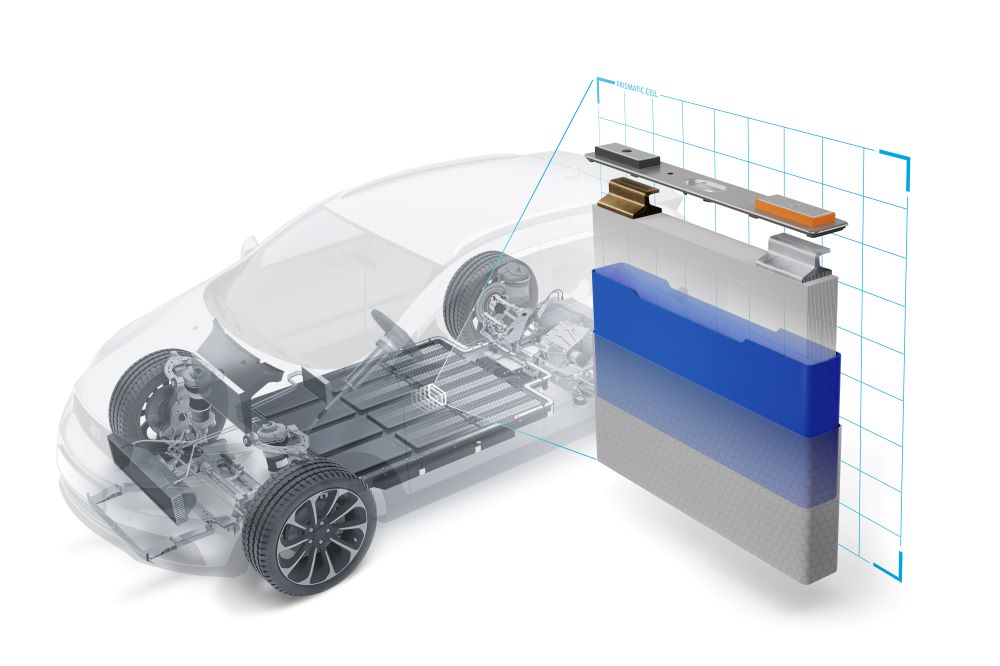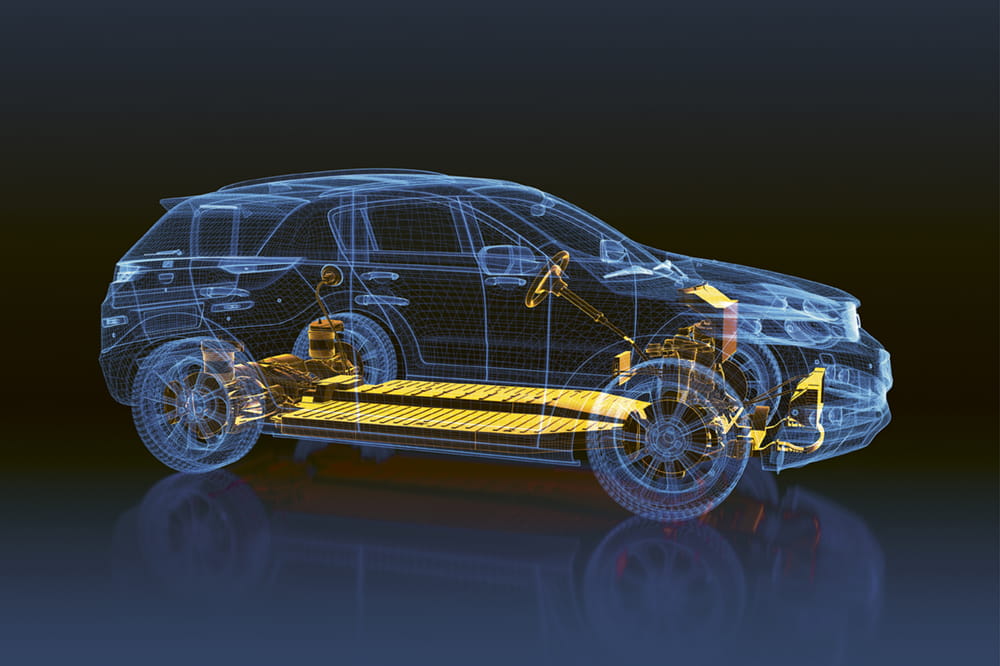Obtain news and background information about sealing technology, get in touch with innovative products – subscribe to the free e-mail newsletter.
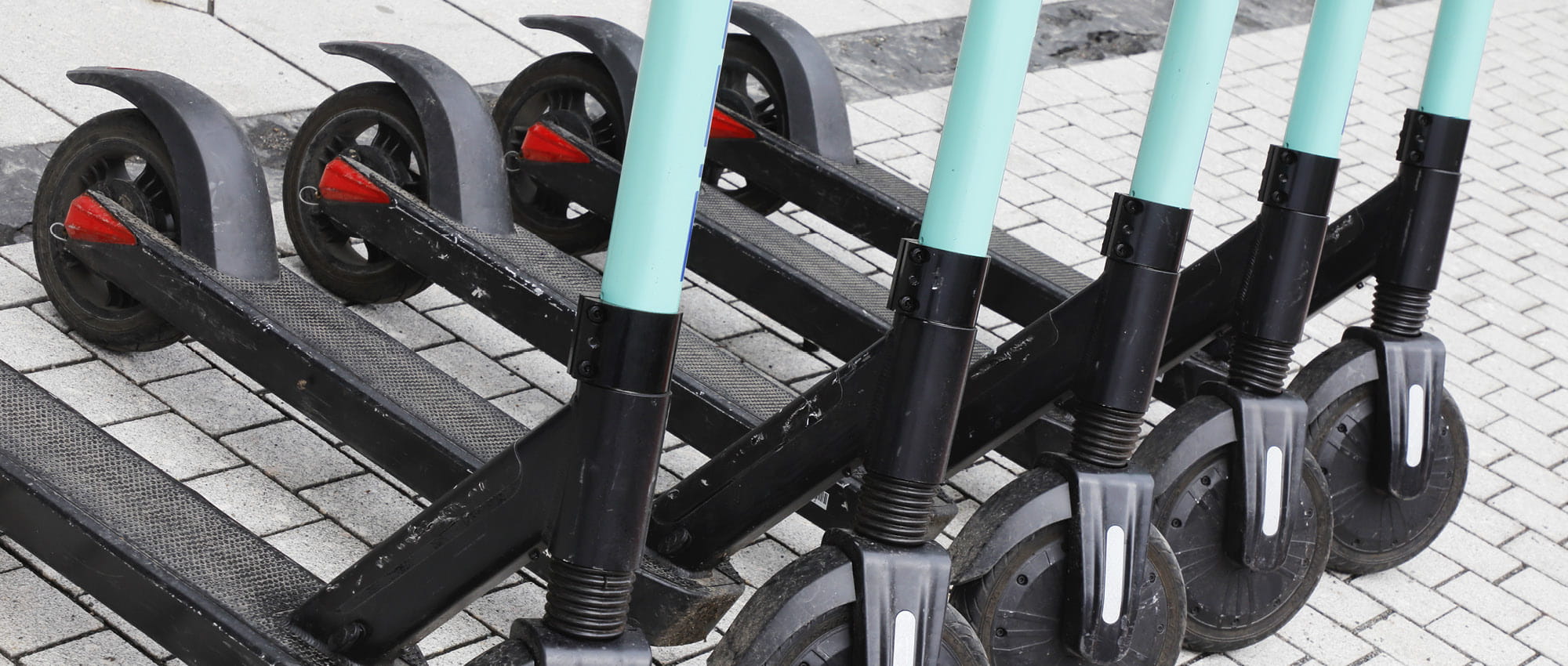
18.06.2020 | Story
A Happy Ending for E-Scooters?
The fate of motorized scooters is again in the balance after their utter failure a century ago. Now the pandemic, of all things, is giving them another chance.
“Solo devil wagon taken up in a serious way might add new terrors to city life.” That headline over an article about motorized scooters was written more than 100 years ago. The promises and criticisms surrounding a newfangled vehicle of yesteryear bear a striking resemblance to the debate over e-scooters today. In 1916, the New York Herald heaped scorn and ridicule on those forerunners, calling them dangerous playthings. The Autoped Company of Long Island marketed their motor-driven, stand-up scooters as a short-range vehicle suitable for the general public. One version was powered by a gasoline engine, and another by an electric motor. The vehicles could do about 19 miles (30 kilometers) per hour. But this purported solution to emerging early 20th century traffic concerns did not catch on. Production was halted in 1921. Things didn’t go much better for the Krupp motorized scooter in 1919 in Germany. It was touted as the connecting link between bicycles and motorcycles. It was a commercial failure as well.
The corona pandemic of 2020 is fueling the e-scooters’ rise.
An E-Scooter Comeback after 100 Years
About 100 years later, motorized scooters are again intermingling in traffic with other vehicles, quietly, furtively and – initially – unlawfully. You might see a banker moving faster than his colleagues on regular scooters through the Frankfurt financial district. Or a hipster, no doubt with an embarrassed complacent grin on his face, overtaking a woman on a bicycle as they climb a hill. E-scooters were barely legal when they began appearing everywhere: Rental scooters from Lime, Bird, Voi and a number of other startups are flooding major cities in Germany and many other countries. The omnipresent bright, shiny scooters , easily available by app, beckon riders to climb aboard and simply roll away. But the all-too-casual use of e-scooters has given them a bad name, casting them as the vehicle of choice for daredevils, or gamers intent on turning pedestrian-filled sidewalks into a kind of video gamedanger zones. Or as urban, electrical scrap at the end of their short lives.
Early E-Scooter Eco-Footprints Disappointing
There is another aspect that is open to criticism: the eco-balance sheet for the scooter rental business. The notion of zero-emission micro-mobility stops making sense at the very moment that diesel-powered vans packed with e-scooters drive right across a city to a charging station and then make a return trip. Moreover, the scooters are often scrap after three months of use, not least of all due to vandalism. So the descendants of the Autoped are surely headed for an early demise as well. Or are they?
A Hit – or a Miss?
A new opportunity is emerging for the e-scooter amid new, sobering conditions a year after the boom of 2019. The early hype has worn off, and many cities have worked out concepts and rules to regulate the vehicles’ use. And now, of all things, it is the corona pandemic of 2020 that is fueling the e-scooters’ rise, though it originally looked as though the virus would prove fatal for scooter-sharing as a business model. Rental scooters were avoided due to the fear of contagion from potentially infected users – which hit car- and bike-sharing services hard as well. “Stay-at-home” mandates also kept people at home for weeks on end. Even tourism came to a screeching halt in cities. For a time, carefree excursions in metropolises disappeared, along with a lucrative source of income for the rental companies. That plunged the industry into a global crisis. Companies cut staff and parked large portions of their fleets.
E-scooters could prove to be a fast, clean form of mobility that takes pressure off the transportation network and allows social distancing.
New Opportunities during the Corona Crisis
As many countries cautiously loosened their corona restrictions, e-scooters have returned to center-stage – this time as a means of transportation suited to a pandemic. Many commuters continue to be uncomfortable with crowded buses and trains, where it is scarcely possible to impose social distancing and limit the spread of the virus. Many cities have taken advantage of the low-traffic period to provide extra space for alternatives to the automobile, with pop-up bicycle lanes, for example. This could accelerate the transformation of urban mobility. The bicycle has been the big winner here, although e-scooters could be pulled along in their slipstream.
Cities Betting on E-scooters Again
The United Kingdom is pressing ahead with approvals for rental scooters. “E-scooters could prove to be a fast, clean form of mobility that takes pressure off the transportation network and allows social distancing,” the government argues. Major cities like Rome, Brisbane, Bogotá and Buenos Aires are also sending positive signals. In the United States and Germany, sharing services are preparing for a relaunch and are meeting new requirements, ranging from disinfection protocols for the vehicles to closer cooperation with municipal transportation planners. Rebecca Hahn of Bird, one major provider, told Forbes magazine that users are increasingly doing their entire commute on e-scooters – not just using them as a bridge for the first or last mile. Providers in Washington and Oklahoma agree with that assessment. Transportation experts believe that e-scooters make sense when they are integrated as a connecting element into a network of environmentally friendly modes of transportation, possibly through partnerships with urban transit operators. This could lead to their acceptance as a complement to public transportation, not as a competitor. Meanwhile, many providers are striving to improve their ecological footprint with replacement batteries or emission-free transport to charging stations. E-scooters just might be able to shed their image as a motorized toy and be taken seriously as an important transportation solution.
More news on the subject E-Mobility

Join Us!
Experience Freudenberg Sealing Technologies, its products and service offerings in text and videos, network with colleagues and stakeholders, and make valuable business contacts.
Connect on LinkedIn! open_in_new